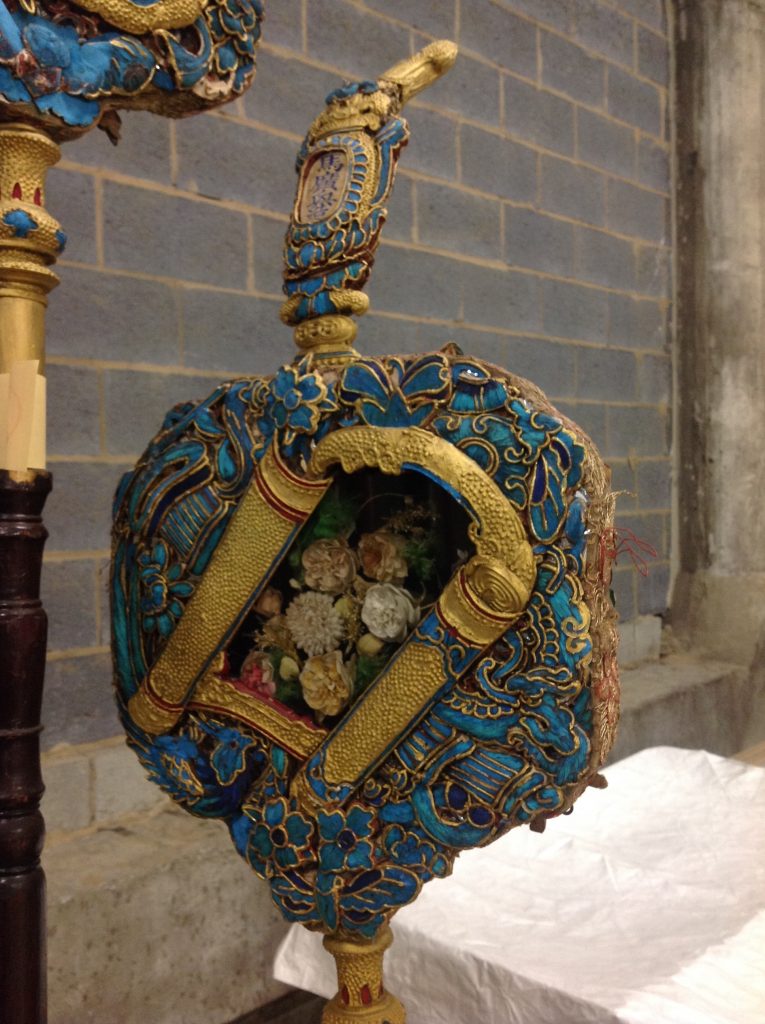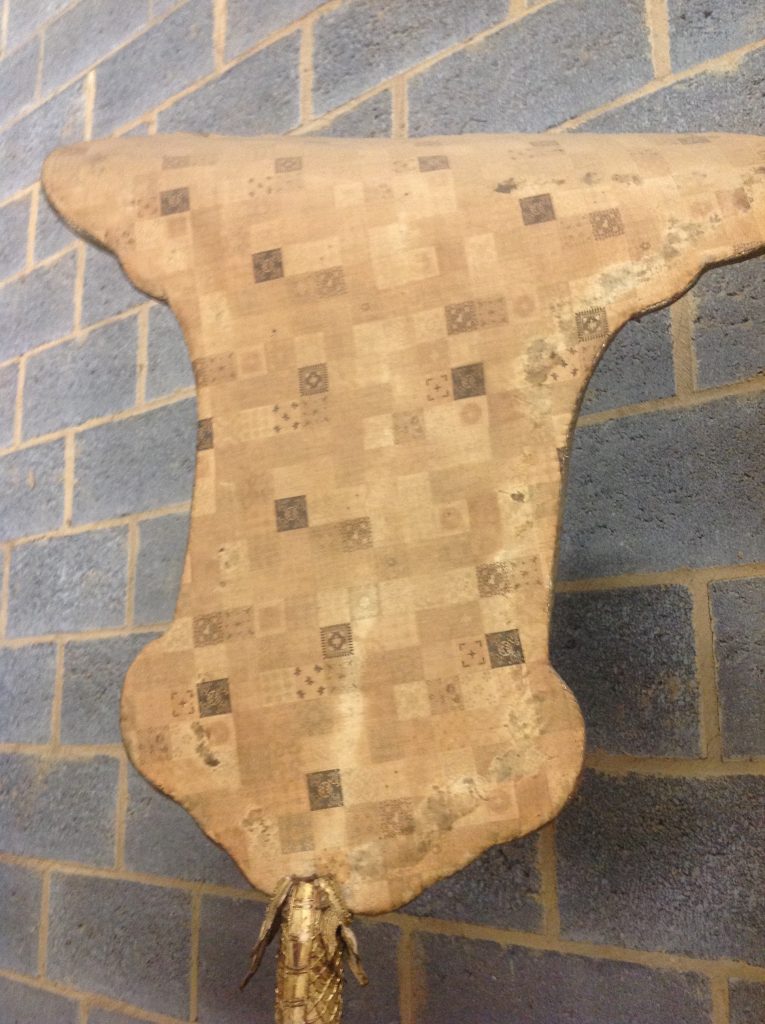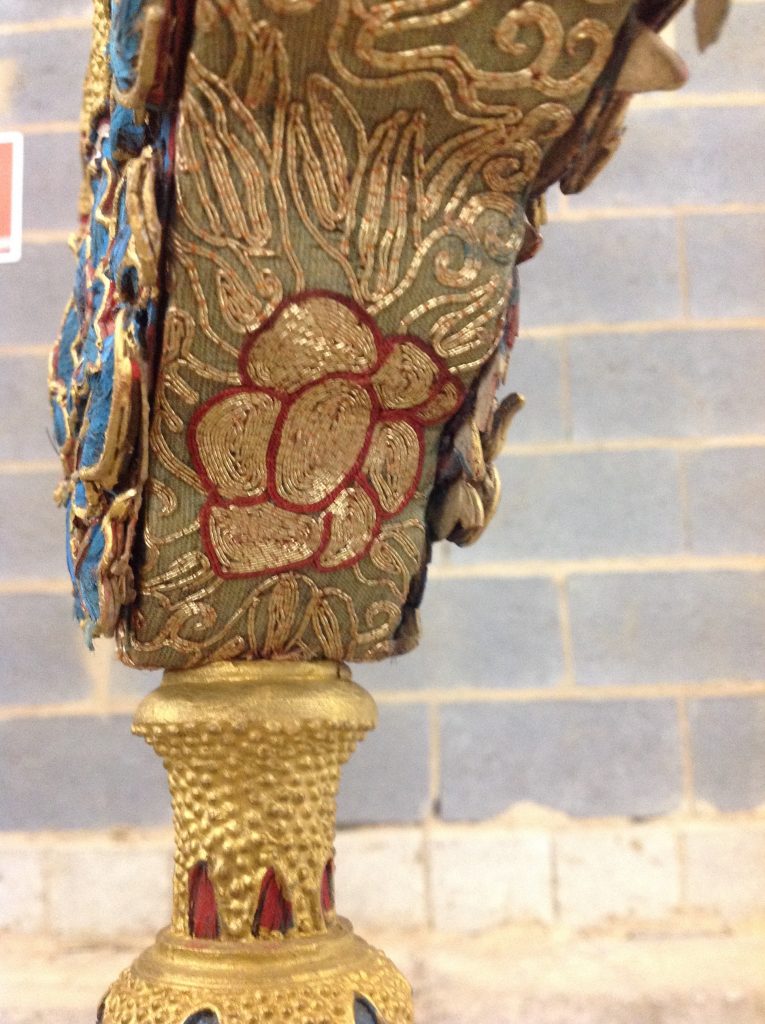
This image of Guan Di (a copy to preserve the original) is a small part of what is undoubtedly the premier collection of Chinese Temple objects in Australia and very possibly outside (or even inside) China. The collection is in Launceston’s Queen Victoria Museum and Art Gallery (QVMAG) and the story of how the objects arrived there tells us much about the history of Chinese people in Tasmania.
Just as Chinese Australians were not limited to gold mining they were also not limited to Victoria and NSW. As a low tech operation tin mining was popular with former gold miners and the north-east of Tasmania in the late 19th century was a major tin mining region. Very often people came over from Victoria, so were mostly from the See Yip or Four Districts of the Pearl River Delta and spoke that region’s non-Cantonese language. As with many Chinese Australian communities from the earliest gold fields the erection of a temple was common and important for a variety of reasons, religious and social.
In Tasmania some of the most elaborate of Australian temples began to appear in the 1880s at a time when the price of tin was at a record high and the tin mining communities, as with other mining booms, believed it would last forever. For the Chinese miners the employing of some of their wealth from tin in the erection of a temple was natural. In the case of Tasmania this was a total of five temples, all built in various styles and all well stocked with appropriate items brought from China as was usual with other temples around Australia. (See No. 18, No. 26 & No. 38.)
As the price and the amount of tin gradually fell the five Chinese Tasmanian communities gradually dwindled until their temples were no longer viable. However the Chinese communities of Tasmania, and in particular James Chong Gun of Launceston (see No.58), began to gather together the temple objects as each temple closed, with the best material being kept in the final remaining Weldborough temple. When this temple closed in 1934 – in a remarkable and unique move for the times – the collection was donated to the City of Launceston. Launceston not only accepted this gift from its Chinese community and set it up in its local museum, but did so as an operating temple!



The Launceston Chinese community presented the temple’s materials along with a specially made banner and considers the temple display at the museum to be a working temple and ceremonies continue to take place there from time to time. The collection also contains what are categorised as Opera figurines of unknown origin (see No.16.)
See also: Guan Di and Tin Mountain
For more on Chinese Tasmania see:
A short history & Chinese Tasmanian history in 8 objects.
For other Chinese Temple collections in Australia:
McCrossin’s Mill Museum – Tingah Temple collection

